UNLIMITED ACCESS TO OVER 400 HISTORIC PLACES
Live and breathe the story of England at royal castles, historic gardens, forts & defences, world-famous prehistoric sites and many others.
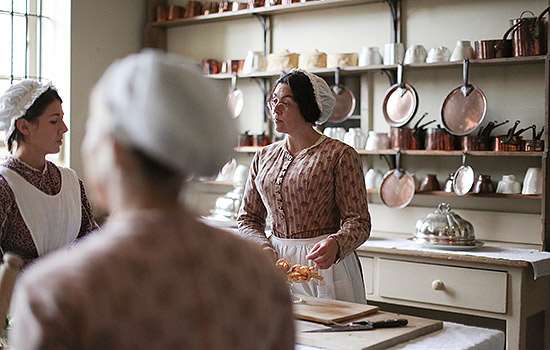
What were Victorian servants’ lives like? Discover the stories of the men, women and children who worked at Audley End House, Essex, in the 1880s.
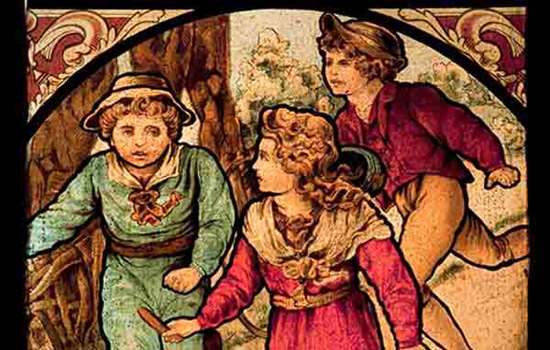
Although the Victorian era was a period of extreme social inequality, industrialisation brought about rapid changes in everyday life.
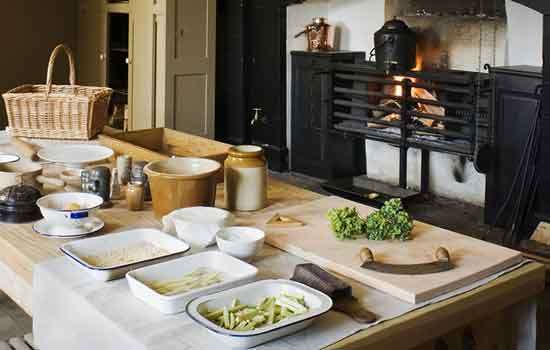
In the Victorian period the growth of the railways made it possible to transport food to markets. But there was still no cure for most diseases and life expectancy remained low.

The Victorian era saw the Church of England become increasingly only one part of a vibrant and often competitive religious culture.

Read about Charles and Emma Darwin’s children and their boisterous childhood at Down House in Kent.

Find out about the short but significant period of Dickens’s life spent living at 48 Doughty Street, London, where he is commemorated with a blue plaque.

Discover the extraordinary life story of the African child who was ‘gifted’ to Queen Victoria and became her protégée. Both Sarah and her daughter visited the queen at Osborne.
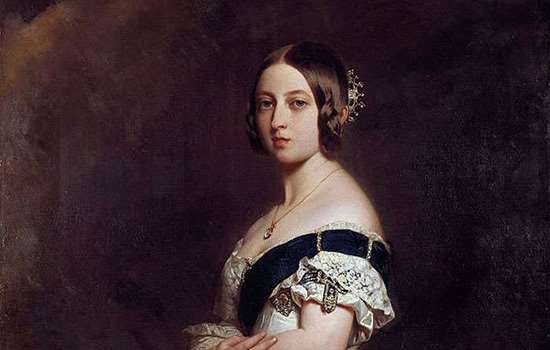
Queen Victoria was crowned when she was just 18, and her reign lasted 63 years. Find out more about her life and reign.

Ellen and William Craft were African American freedom fighters who escaped from enslavement in the USA and fled to Britain in the mid 19th century.

Read the story Edith Cavell, a pioneer of modern nursing and heroine of the First World War. And discover where you can find her London blue plaque.

Princess Beatrice was the youngest of Queen Victoria’s nine children. As Governor of the Isle of Wight, she had strong links with Carisbrooke Castle.
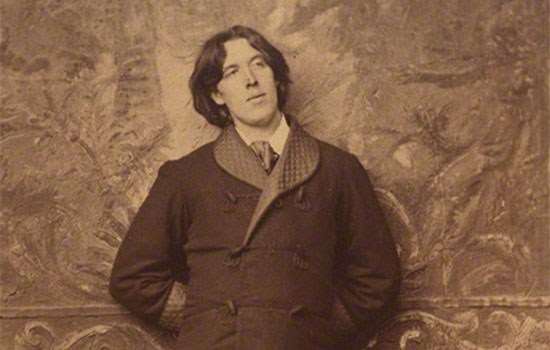
Oscar Wilde reached the height of his fame while living at Tite Street, Chelsea, where he is commemorated with a blue plaque.
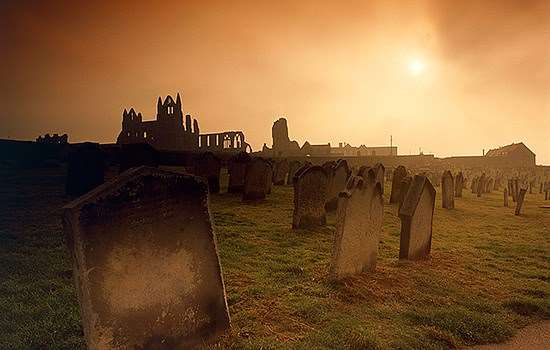
How Bram Stoker’s visit to the harbour town of Whitby on the Yorkshire coast in 1890 provided him with atmospheric locations for a Gothic novel – and a name for his famous vampire.

Read about one of the most important strikes in modern British history, which took place at the Bryant and May match factory in 1888.
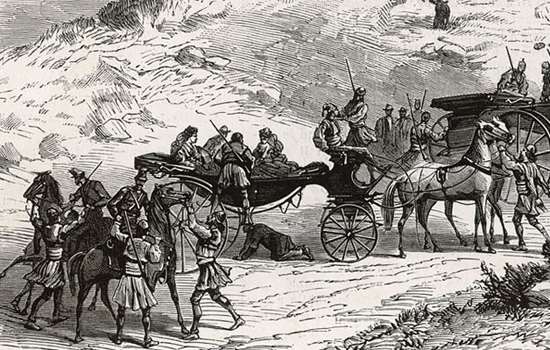
How the death of a young English aristocrat taken hostage in Greece inspired the building of St Mary’s Church, Studley Royal.
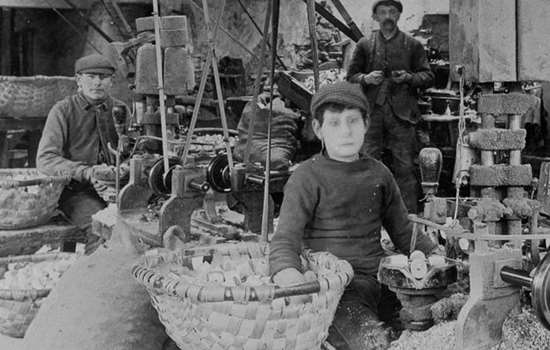
Stott Park Bobbin Mill is located in an idyllic spot, but life was far from ideal for the ‘bobbin boys’ who worked there in the 19th century.
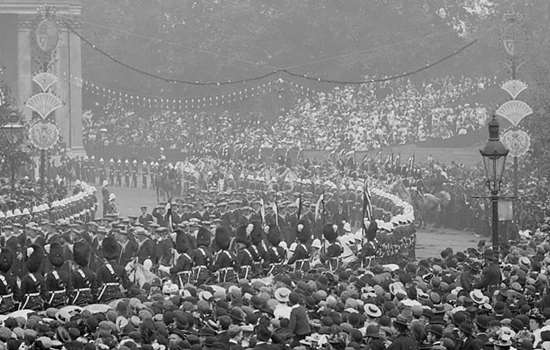
Although England in the late 1830s was still ruled by a propertied upper class, there had long been a degree of social mobility.
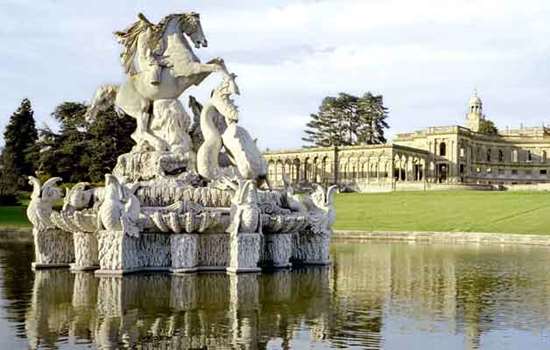
The architectural profession is largely a Victorian creation. From the 1820s, architects began to experiment with a profusion of styles.

Discover how Osborne House’s Italianate design – the inspiration of Prince Albert – came to be imitated in public buildings throughout the British Empire.
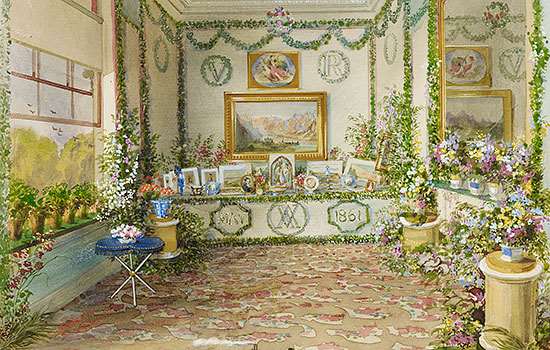
Find out how Queen Victoria and Prince Albert celebrated their birthdays, and what the gifts they exchanged tell us about their private lives.
Listen to these podcast episodes to learn more about some of our Victorian sites and the collections and people associated with them.


Visit some of our sites with Victorian history.

Queen Victoria and Prince Albert's family home. Take a glimpse into the private life of the royal family at Osborne House and enjoy the vast estate and gardens.

Catch a glimpse of Victorian life at this 'conserved as found' country estate. Brodsworth Hall was built and the pleasure gardens laid out in the 1860s as an up-to-date new home for the Thellusson family and their servants.

Down House is a site of outstanding international significance. Here the famous scientist Charles Darwin lived with his family for forty years and worked on his revolutionary theories.

Discover the fascinating life of a Victorian servant in our 1880s Service Wing including historic kitchens, a dairy and laundry rooms to see what life would have been like for the servants that worked here.
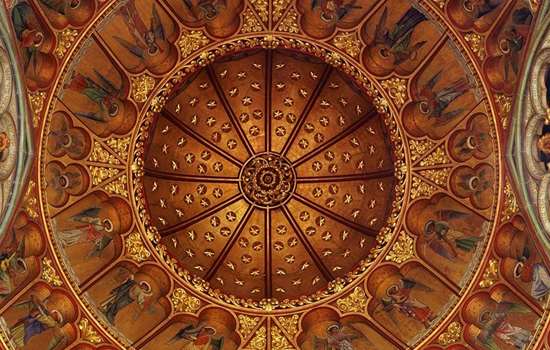
This magnificent High Victorian Anglican church was designed in the1870s by the flamboyant architect William Burges, and has been called his 'ecclesiastical masterpiece'.

A hundred years ago, Witley Court was one of England's great country houses, hosting many extravagant parties. Today it is a spectacular ruin, the result of a disastrous fire in 1937.

In the Lake District in Cumbria, this extensive working mill was begun in 1835 to produce the wooden bobbins vital to the Lancashire spinning and weaving industries.
Apsley House, home of the first Duke of Wellington and his descendants, stands right in the heart of London at Hyde Park Corner.